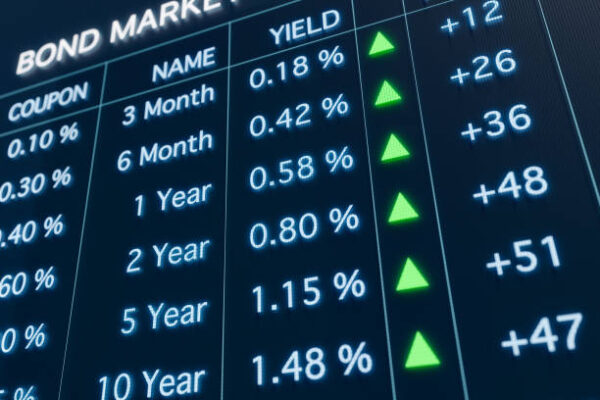Navigating Financial Markets: The Dynamics of Bond Futures
Bond futures are financial instruments that play a crucial role in the world of derivatives and financial markets. This essay aims to define bond futures, highlight their importance, and explore how individuals can potentially leverage these instruments to manage risk and enhance investment strategies.
Defining Bond Futures:
Bond futures are standardized financial contracts that obligate the buyer to purchase, and the seller to sell, a specified amount of a particular bond at a predetermined future date and price. These futures contracts derive their value from the underlying bond, and they are traded on organized exchanges, providing a mechanism for investors to speculate on or hedge against interest rate movements.
Importance of Bond Futures:
- Risk Management: Bond futures play a significant role in risk management for investors, particularly those exposed to interest rate risk. By using bond futures contracts, market participants can hedge against potential adverse movements in interest rates, protecting their portfolios from value fluctuations.
- Price Discovery: The trading of bond futures contributes to price discovery in the broader bond market. The prices at which bond futures contracts are traded reflect market expectations about future interest rates, providing valuable information for investors and policymakers.
Example of Bond Futures:
Imagine an institutional investor holding a portfolio of long-term bonds. Concerned about the potential impact of rising interest rates on the value of the portfolio, the investor decides to use bond futures to hedge against this risk. The investor sells bond futures contracts, agreeing to sell a specific quantity of bonds at a predetermined price in the future. If interest rates rise, causing the value of the bonds to decline, the losses in the bond portfolio may be offset by gains in the short bond futures position.
Taking Advantage of Bond Futures:
- Interest Rate Speculation: Investors can use bond futures to speculate on the future direction of interest rates. If an investor anticipates that interest rates will rise, they may choose to sell bond futures contracts to profit from potential declines in bond prices.
- Portfolio Hedging: Bond futures offer a powerful tool for hedging interest rate risk in bond portfolios. Investors concerned about the impact of interest rate movements on the value of their bond holdings can use bond futures to establish positions that offset potential losses.
- Enhanced Portfolio Efficiency: By incorporating bond futures into their investment strategies, individuals can potentially enhance the efficiency of their portfolios. This may involve adjusting the duration or interest rate exposure of a portfolio to align with market expectations and optimize risk-adjusted returns.
Conclusion:
Bond futures serve as valuable instruments in the toolkit of investors and institutions, offering ways to manage risk, speculate on interest rate movements, and enhance overall portfolio efficiency. Whether employed for hedging against interest rate risk or engaging in speculative strategies, bond futures contribute to the dynamic and multifaceted landscape of financial markets. Individuals looking to optimize their investment strategies can explore the opportunities presented by bond futures, leveraging these derivatives to navigate the complexities of interest rate dynamics and financial market fluctuations.

